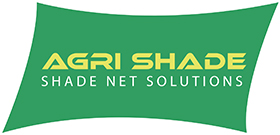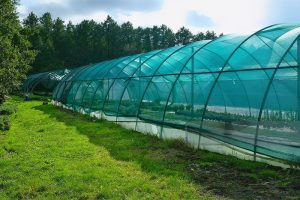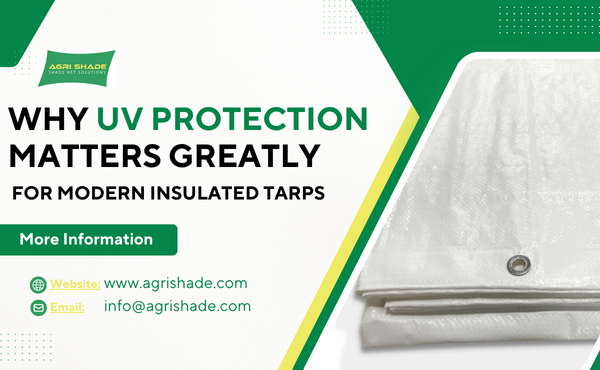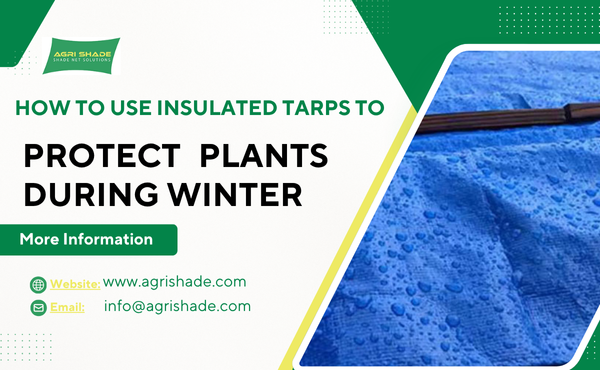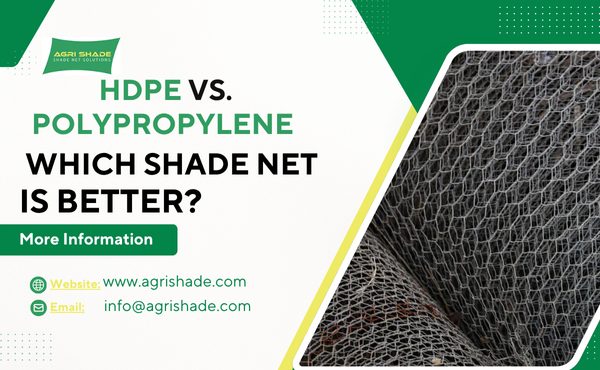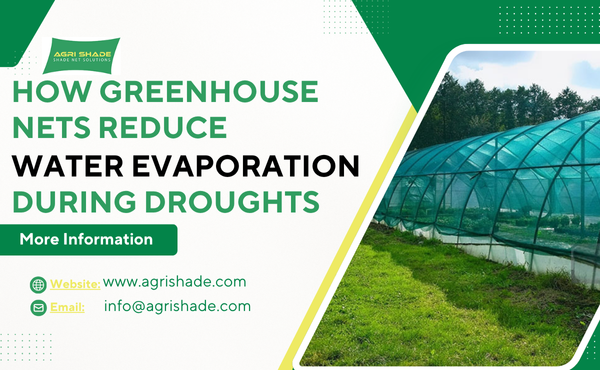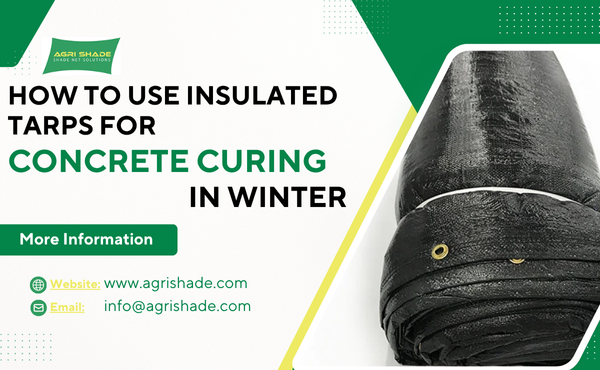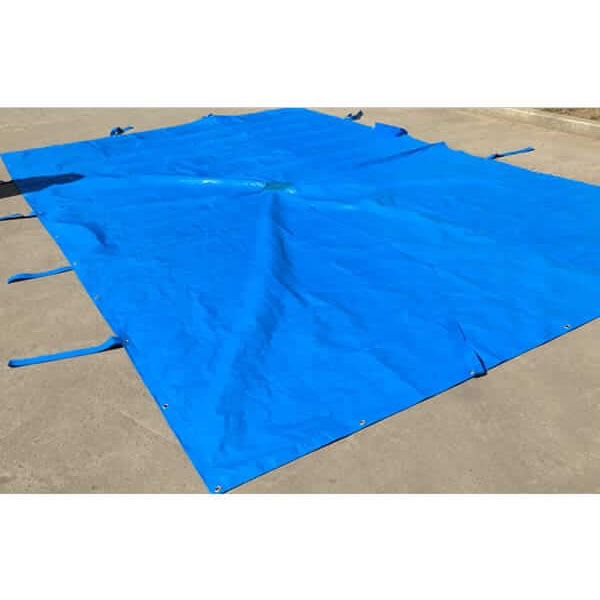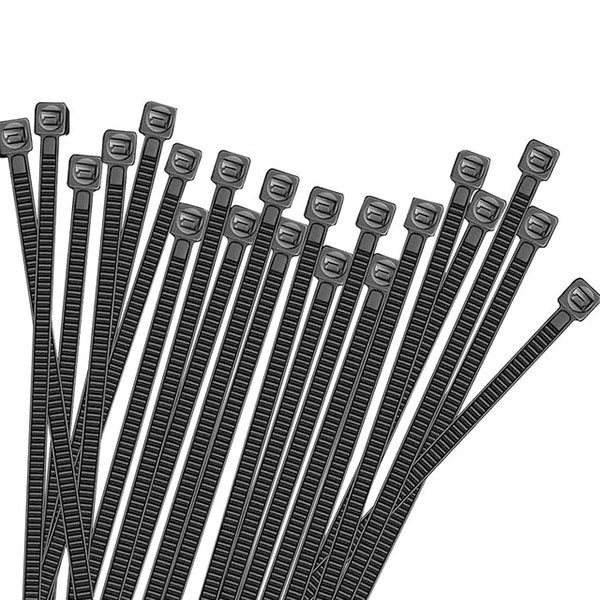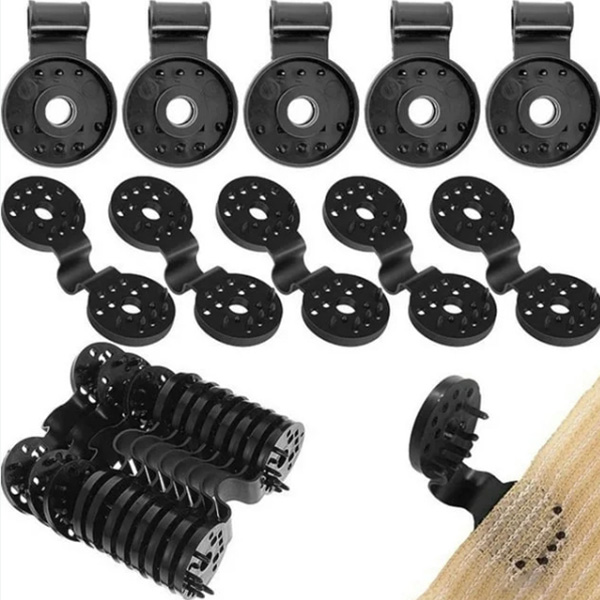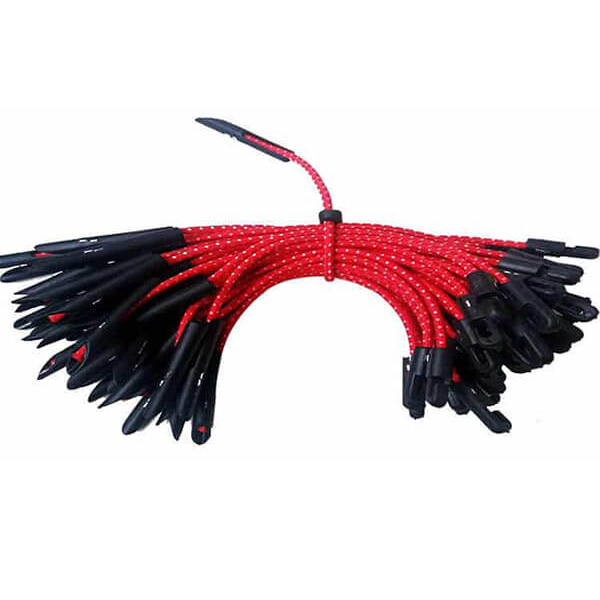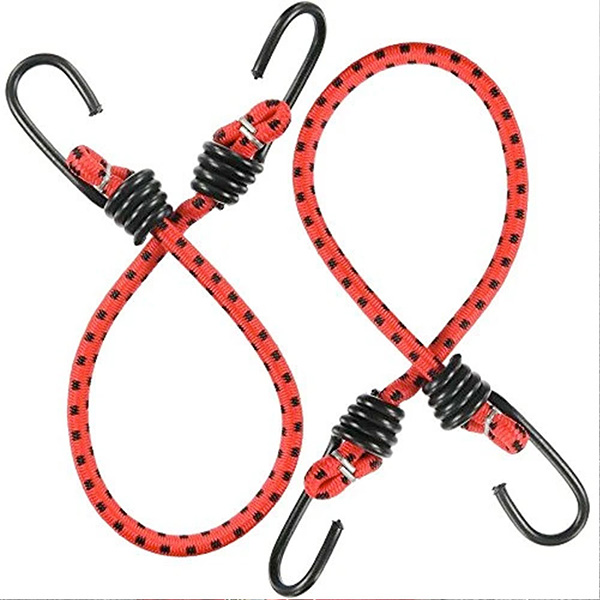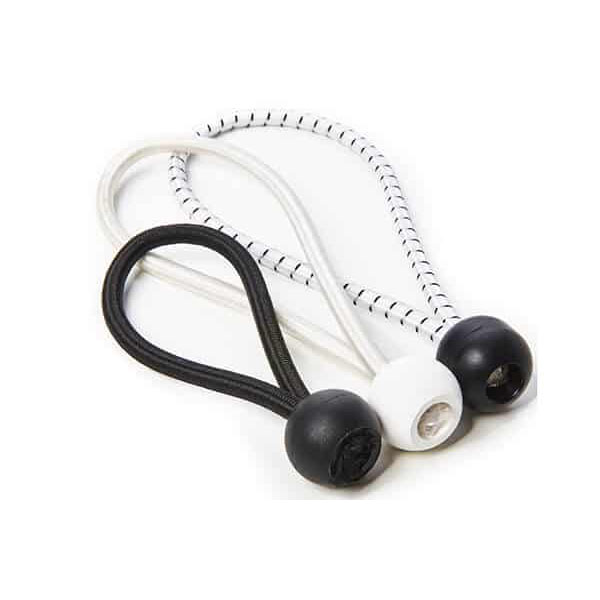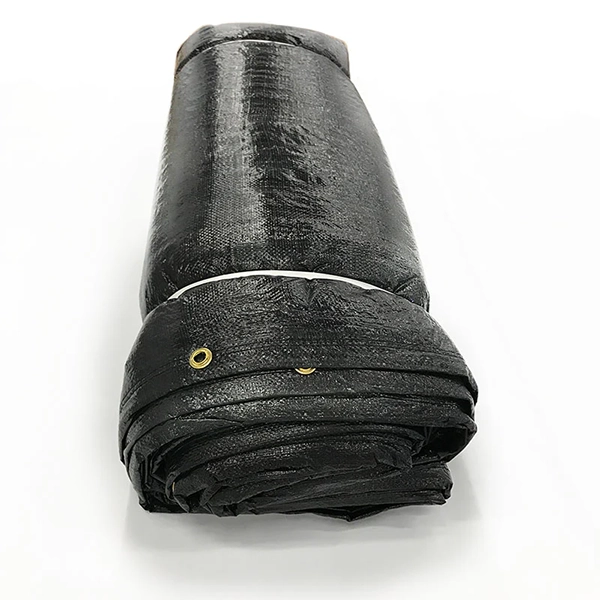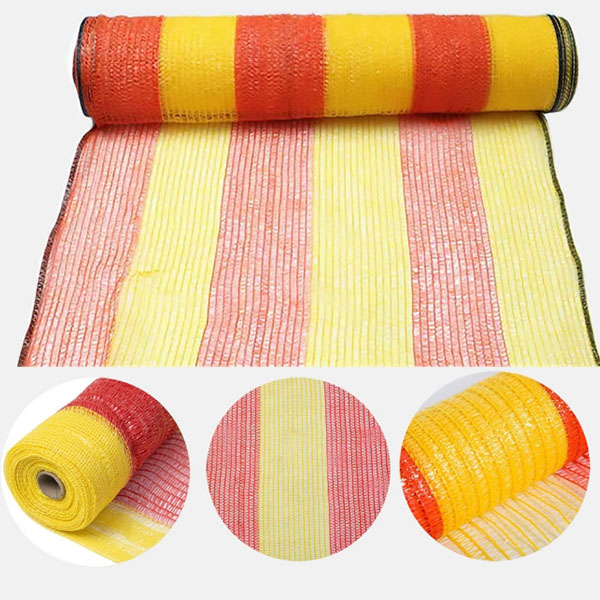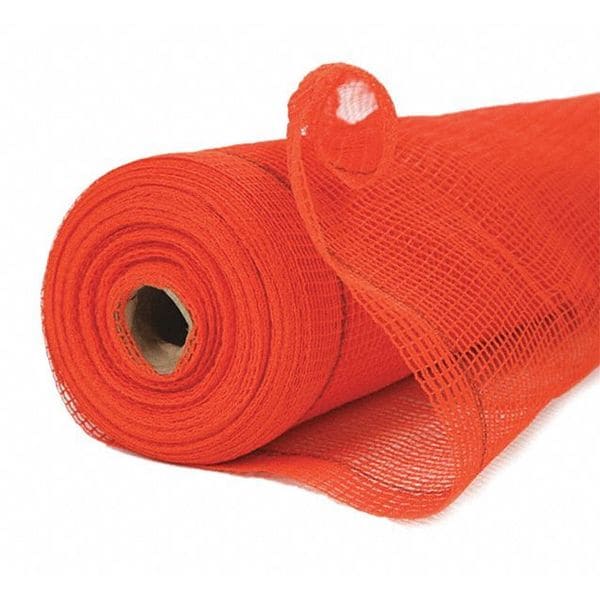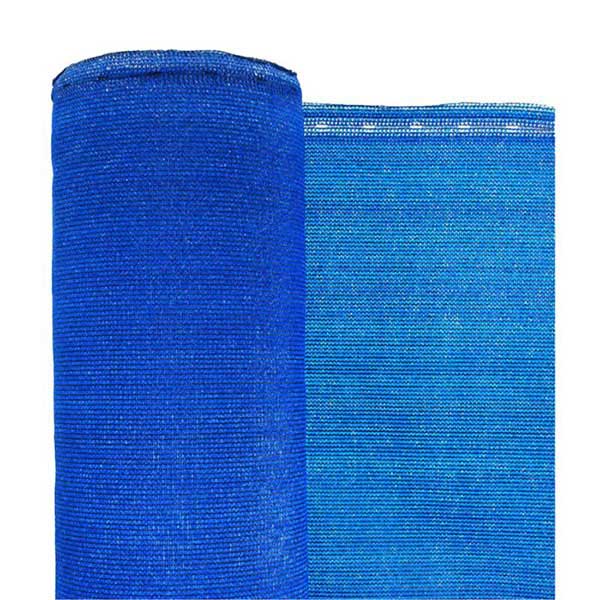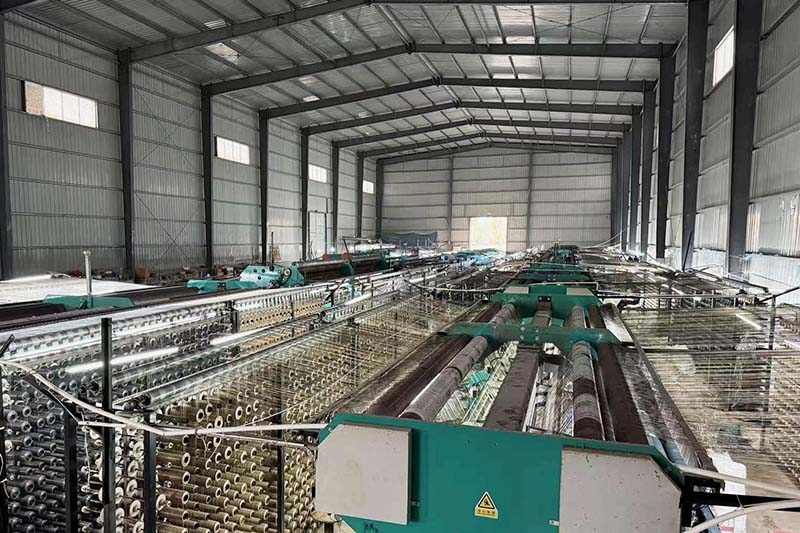Greenhouse shade netting gives plants better protection from strong sunlight, wind, and quick weather changes. Shade cloth helps you protect plants by making your greenhouse cooler. It also lowers stress on your crops. Picking the right shade cloth for greenhouses can help protect plants and make them grow better. You should choose your shade cloth based on your plant type, climate, and greenhouse setup to get the best results.
What Is Greenhouse Shade Netting?
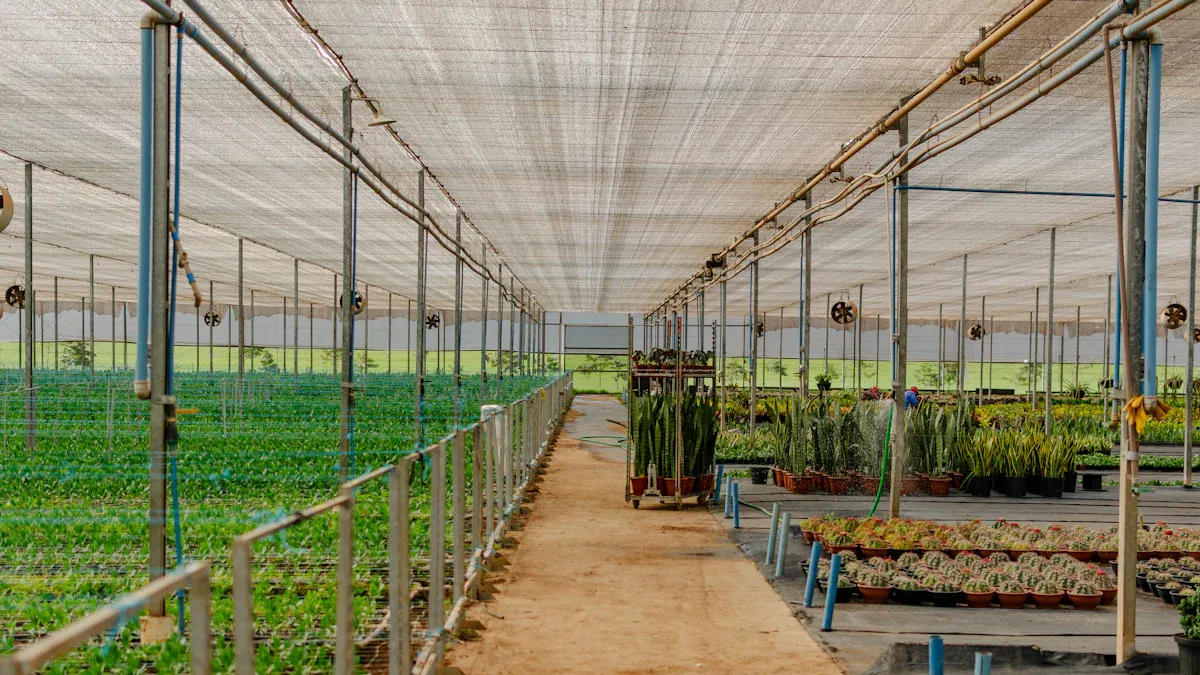
Purpose and Benefits
You use greenhouse shade netting to protect your plants from too much sun and harsh weather. Shade cloth helps you control the amount of sunlight that enters your greenhouse. This control gives your plants a better chance to grow strong and healthy. You can use shade cloth to reduce heat, which helps with temperature regulation inside your greenhouse.
Shade cloth also helps you keep your plants safe from wind and sudden weather changes. You get better plant protection because the netting acts as a barrier. Some shade cloth can even help with pest and insect control by blocking bugs from getting inside. When you use shade cloth, you lower the risk of your plants getting damaged by strong sunlight or pests.
You can choose different levels of shade protection based on what your plants need. Some plants need more shade, while others need less. Shade cloth gives you the flexibility to match the needs of each plant. You also get better plant protection because the netting keeps the environment stable.
How It Works
Shade cloth works by filtering sunlight before it reaches your plants. The netting has small holes that let in some light but block the rest. You can pick the right shade cloth for your greenhouse by looking at how much light your plants need.
When you install greenhouse shade netting, you create a cooler and safer space for your plants. The netting helps you avoid overheating, which can hurt plant growth. You also get shade protection from harmful UV rays and strong winds.
You can use shade cloth in different ways. Some people hang it above the plants, while others cover the sides of the greenhouse. The way you use the netting depends on your greenhouse setup and what you want to achieve.
Shade cloth gives you more control over your growing environment. You can adjust the amount of sunlight and keep your plants safe from pests and weather. This extra plant protection helps you grow healthier crops and get better results.
Different Types of Greenhouse Shade Netting
You can choose from several different types of shade cloth for your greenhouse. Each material has its own strengths and weaknesses. Knowing the types of shade cloth helps you pick the best one for your plants.
Polyethylene
Polyethylene is one of the most common types of shade cloth. You will find it strong and lightweight. This material gives you good ventilation, so air moves easily around your plants. Polyethylene shade cloth resists UV rays and lasts for many seasons. You can clean it easily. The cost is usually low, so it fits most budgets. Some gardeners like it because it does not stretch out of shape.
Polyester
Polyester is another popular choice among the different types of shade cloth. This material feels soft but stays tough. You get good durability and strong UV protection. Polyester shade cloth does not fade quickly in the sun. It also dries fast after rain. You may pay a little more for polyester, but it often lasts longer than cheaper options. Polyester lets in enough air for healthy plants.
Aluminum
Aluminum shade cloth stands out for its reflective power. You can use it to keep your greenhouse cooler in hot climates. This type of shade cloth bounces sunlight away, which helps with temperature regulation. Aluminum shade cloth gives you strong UV protection and lasts a long time. It costs more than other types of shade cloth, but you get excellent shade protection. Some people use it for delicate plants that need less heat.
| Material | Durability | Ventilation | Cost |
|---|---|---|---|
| Polyethylene | High | Good | Low |
| Polyester | High | Good | Medium |
| Aluminum | Very High | Moderate | High |
| PVC | Medium | Moderate | Medium |
| Canvas | Medium | Low | Low-Med |
PVC
PVC shade cloth is made from plastic. You get a material that is waterproof and easy to clean. PVC gives you moderate durability and some UV protection. It does not breathe as well as other types of shade cloth, so air flow can be lower. You might use PVC if you want to block rain as well as sun. The price is usually in the middle range.
Canvas
Canvas is a natural fabric used for shade cloth. You may like canvas if you want an eco-friendly option. Canvas shade cloth gives you good shade protection, but it does not last as long as synthetic materials. It can hold moisture, which may lead to mold if you do not dry it out. Canvas does not allow much air to pass through, so ventilation is lower than with other types of shade cloth. The cost is often low to medium. Canvas works best for short-term use or for gardeners who prefer natural materials.
When you choose among the different types of shade cloth, think about your climate, your budget, and how much care you want to give your greenhouse. Each type of shade cloth offers unique benefits for plant protection and shade.
Knitted vs. Woven Shade Netting
Knitted Shade Cloth
Knitted shade cloth gives you strong plant protection. You get a material that does not unravel if you cut it. This makes it easy to fit any greenhouse shape. Knitted shade cloth lasts longer than most other types. You can use it for many seasons without much wear. The fabric stretches a little, so it handles wind and weather well.
You will notice that knitted shade cloth allows more air to move through. This means your plants get better ventilation. Good airflow helps with temperature regulation and keeps plants healthy. Knitted shade cloth also resists tearing. You can use it for both small and large greenhouses.
Knitted shade cloth works well for most climates. You can find it in many shade percentages to match your plant needs. Many gardeners use knitted shade cloth for vegetables, flowers, and even young trees.
Woven Shade Cloth
Woven shade cloth feels lighter than knitted shade cloth. You get a fabric that looks like a tight grid. This type of shade cloth offers more privacy because the weave blocks more view. Woven shade cloth gives you good shade protection, but it does not stretch much.
You may find that woven shade cloth does not allow as much air to pass through. This can make your greenhouse warmer. Woven shade cloth works best for short-term use or when you need extra privacy. It is easy to clean and often costs less than knitted shade cloth.
| Feature | Knitted Shade Cloth | Woven Shade Cloth |
|---|---|---|
| Durability | Very High | Medium |
| Ventilation | Excellent | Moderate |
| Privacy | Moderate | High |
| Stretch | Yes | No |
| Use Cases | Long-term, all climates | Short-term, privacy |
Greenhouse Shade Netting Colors and Placement
Black Shade Cloth
You can use black shade cloth to block more sunlight. This color absorbs heat, so it keeps your greenhouse cooler by reducing direct light. Black shade cloth works well in hot climates where plants need strong shade protection. You get better control over the percentage of shade with black cloth. Many gardeners use it for vegetables that need less sun.
White Shade Cloth
White shade cloth reflects sunlight. This helps you keep your greenhouse bright and cool at the same time. White cloth gives a softer shade and spreads light more evenly. You can use it if you want to avoid dark spots in your greenhouse. The percentage of shade with white cloth is often lower, so it suits plants that need more light.
White shade cloth helps with temperature regulation. It works best in cooler climates or for plants that need lots of light.
Green Shade Cloth
Green shade cloth gives your greenhouse a natural look. This color blends well with plants and offers moderate shade protection. You can use green cloth for flowers and leafy greens. The percentage of shade with green cloth is usually in the middle range. Green shade cloth does not block as much heat as black, but it still helps with temperature regulation.
Internal vs. External Use
You can install shade cloth inside or outside your greenhouse. External shade cloth blocks sunlight before it enters, giving you better temperature regulation. This method protects the cover of your greenhouse from UV rays and heat. You get a longer lifespan for your greenhouse materials.
Internal shade cloth hangs inside the greenhouse. It is easier to install and remove. You can change the percentage of shade quickly. Internal shade cloth does not protect the outer cover from UV rays, so the cover may wear out faster.
| Placement | Pros | Cons |
|---|---|---|
| External | Better temperature regulation, protects cover | Harder to install, more weather exposure |
| Internal | Easy to adjust, quick to install | Less cover protection, shorter lifespan |
Choosing Shade Cloth for Greenhouses
Plant Needs
You should always start by thinking about your plants. Some plants need more sunlight, while others need more shade. Look at the percentage of shade on the label. For sun-loving plants, pick a lower percentage of shade, like 30% or 40%. For shade-loving plants, choose a higher percentage of shade, such as 70% or 80%.
If you grow vegetables, flowers, or young trees, check what percentage of shade they need. Matching the right percentage of shade to your plants helps you avoid weak growth or sunburn.
Climate Factors
Your local climate matters when you pick shade cloth. In hot areas, you need more shade protection. Choose a higher percentage of shade, like 60% or more. In cooler places, use a lower percentage of shade to let in more sunlight.
High humidity can make your greenhouse too warm. Pick shade cloth with good ventilation. High-quality shade cloth often gives better airflow and uv protection. If you live in a windy area, choose a strong material that will not tear.
Durability and Maintenance
You want your shade cloth to last for many seasons. High-quality shade cloth resists tearing and fading. Look for products with strong uv protection. This stops the sun from breaking down the material.
Some shade cloth is easy to clean. You can wash off dirt and dust with water. If you want less work, pick a type that does not hold water or mold. Good maintenance keeps your shade cloth working well and gives better plant protection.
Budget Considerations
Shade cloth comes in many prices. You can find options for every budget. Lower-cost shade cloth may not last as long. High-quality shade cloth costs more, but it gives better uv protection and lasts longer.
Think about how much you want to spend. Also, check the percentage of shade and the size you need. Sometimes, spending more at first saves you money later because you do not need to replace the cloth as often.
| Factor | What to Look For |
|---|---|
| Plant Needs | Correct percentage of shade |
| Climate | Right percentage of shade, uv protection |
| Durability | High-quality shade cloth, easy cleaning |
| Budget | Balance cost with lifespan and features |
How to Choose the Right Greenhouse Shade Netting
- List your plants and their sunlight needs.
- Check your local climate for heat and sunlight levels.
- Pick the percentage of shade that matches your plants and climate.
- Choose high-quality shade cloth for better uv protection and longer life.
- Make sure the cloth is easy to install and maintain.
- Set your budget and compare options.
You can use shade cloth for greenhouses to control light, heat, and plant health. The right percentage of shade, uv protection, and ventilation make a big difference. Always check the label before you buy.
There are lots of choices for shade cloth. Each kind has its own good points. Black shade cloth soaks up heat and blocks a lot of sun. White shade cloth bounces light away and helps keep things cool. Green shade cloth looks natural and gives even shade. Knitted shade cloth is strong and lets air move better. Woven shade cloth gives you more privacy. Always look at the percentage of shade and uv protection.
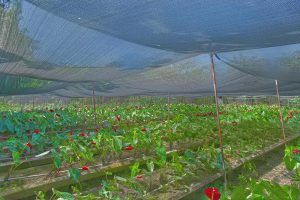
In Conclusion
Greenhouse shade netting is a crucial investment for businesses looking to optimize plant health and improve operational efficiency. Selecting the right shade cloth, based on plant needs, climate, and greenhouse setup, ensures a controlled environment that promotes healthy crop growth. Materials such as polyethylene, polyester, and aluminum provide various benefits in terms of durability, UV protection, and cost-effectiveness. Additionally, choosing between knitted and woven fabrics offers flexibility in ventilation, longevity, and privacy.
By using high-quality shade netting, businesses can enhance plant protection, reduce water consumption, and minimize pest risks, leading to more sustainable and productive operations. This strategic approach to greenhouse management delivers long-term value and ensures better overall performance.
